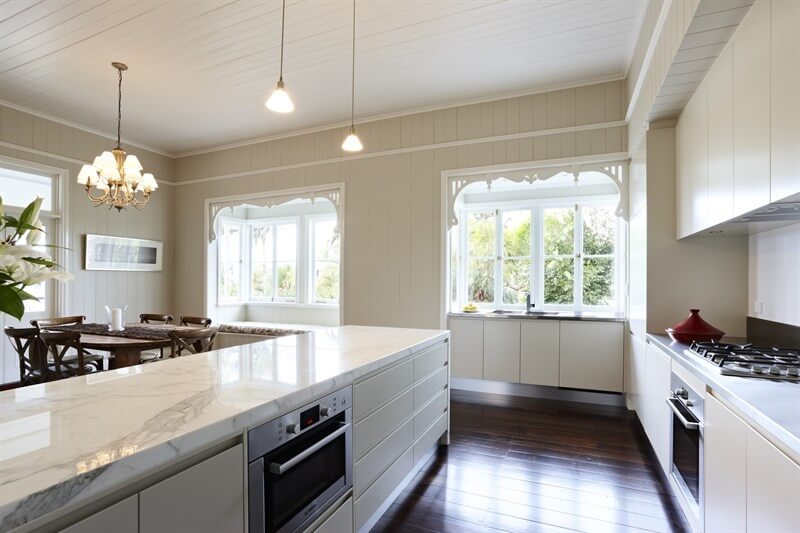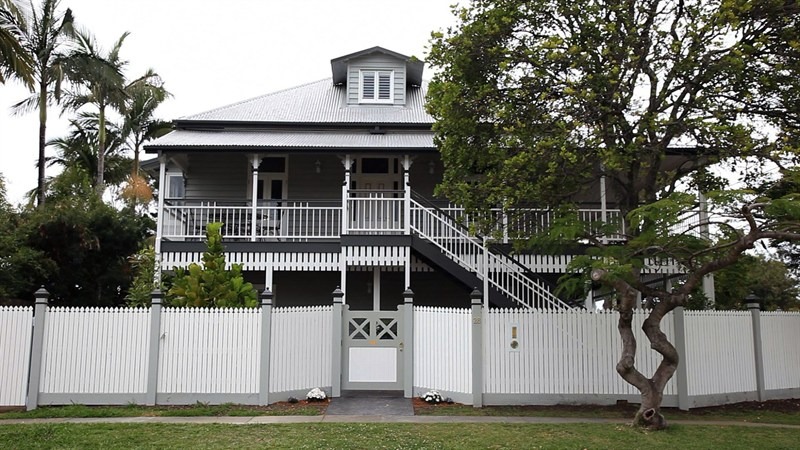
Residential Electrical Wiring
Every home needs electricity to operate appliances, maintain a comfortable temperature, and complete daily tasks. You should have a basic understanding of what residential electrical wiring is and how it functions. This will ensure that you’re equipped to manage the system effectively in case of an emergency.
What Are Common Residential Electrical Problems?
In your home’s wiring, many issues can occur that should be handled by a licenced residential electrician. Generally, these include; lights that refuse to dim, switches that no longer work, a surge caused by faulty wiring or damaged power lines, or overloaded circuit breakers.
What Are the Basic Components of Residential Electrical Wiring?
Even though each residential home has its own unique electrical wiring system, its fundamental parts are the same wherever you live.
The Electrical Service Entrance
This provides electricity from the grid to your home. Three wires, two hot wires and one neutral wire make up the majority of the apparatus. These wires might be grounded or suspended from the ceiling.
The Electric Meter
The service entrance wires all pass through the electric meter. It’s located on top of the house’s exterior wall or inside the breaker box and records the amount of electricity used in the house. The electricity used is measured in kilowatt-hours or kWh. The electric meter may be analog or digital, though most new meters are generally analog.
Service Panels
Electricity is supplied to various circuits throughout the house via the service panel, which is also known as the breaker box or the circuit breaker panel. After passing through the electric meter and the service panel, the power originates at the electrical service entrance and is subsequently distributed.
Switches and Outlets
With the help of outlets that are thoughtfully positioned around the home, the remaining electrical distribution is carried out. The electricity in these outlets is managed by the on and off switches in your home, which ultimately power your devices.
What Are the Different Types of Residential Wiring?
There are various types of electrical wiring to use in a home. The main five include cleat wiring, casing and capping wiring, batten wiring, lead sheathed wiring and conduit wiring.
How Does Electrical Wiring Differ in Modern Versus Older Homes?
Modern Homes
You benefit from having enough amperage or total current if your home is new. This implies that you’ll have the ability to run the latest power-hungry appliances. A standard 200-amp service may support a lot of devices, washing equipment, and many computers. Modern homes also won’t require much remodelling if you want to add more outlets or lighting.
Older Homes
When it comes to electrical wiring, older homes are more challenging to maintain. They frequently have outdated or non-compliant wiring, rely on antiquated electrical systems like knob-and-tube setups or may lack the amperage required to power electronics. It’s preferable to remove the old system from the majority of older homes and replace it with newer parts. Scheduling a visit from an electrical contractor to do this is the safest route.
At Dan The Sparky Man, our in-house Master Electricians complete all the electrical work for our residential development projects, giving you peace of mind that your residential electrical needs are handled efficiently and with care. Contact us today to receive an all-inclusive quote.
Related posts:
Dan Carpenter has built his business to be one of the most successful and trusted electrical businesses on the Gold Coast. He completed his apprenticeship in Adelaide at a young age. With a passion for self-driven success, he established his own enterprise on the Gold Coast at 22, quickly becoming a leader in the local building and solar industries. His dedication led him to win the Gold Coast Small Business Award and earn the title of Accredited Master Electrician.






